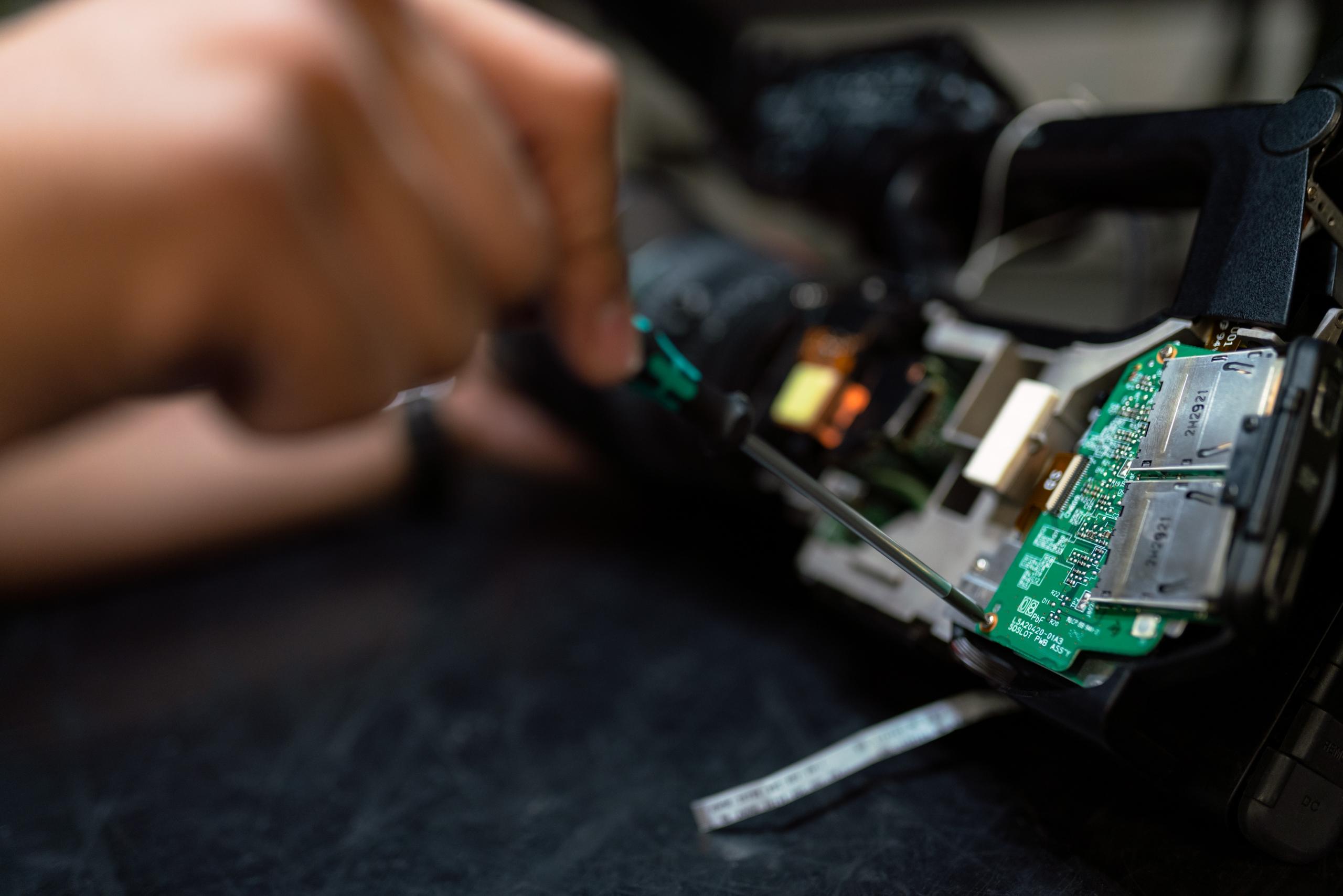Chapters
“Design and technology should be the subject where mathematical brainboxes and science whizzkids turn their bright ideas into useful products.” -James Dyson
Design and Technology are often two academic disciplines that are combined so that students can learn the principles of the town and harmoniously work together. In the UK, at the secondary school stage in the GCSEs, Design and Technology can be studied. But, how popular is it?
Strong messages have repeatedly come forth from governments past and present about the need for education to support manufacturing and science in Britain. Therefore, the GCSE Design and Technology, the subject which can start pupils out on a career through A level to product design or engineering at degree level and on into industry, continues falling in popularity.
According to the statistics, the continuous drop in the number of students attending Design and Technology GCSE classes is dramatic. For example, in 2013, 221,416 students took the subject. That's quite low because, a decade earlier, 439,617 students took GCSE Design & Technology.
But, why is that? It may be that pupils are not interested, and it may also be that in recent years the subject has been given less priority by schools who see that the focus in performance measurement is moving towards a concentration on a few core subjects. Therefore, GCSE Design & Technology has fallen behind.
Without further delay, in today's article, we'll consider some essential details of the GCSE Design and Technology course and why it's not as popular as it used to be in previous decades.

What Does the GCSE Design & Technology Course Encompass?

Known by some as 'DT', GCSE Design & Technology has often been seen as a Cinderella subject. How's that? It's the modern descendant of ‘woodwork’ that has been tailored to fit only less academically able students. But, it's worth mentioning that the current content of the GCSE Design & Technology is technical, complicated, as well as practical. It looks at how things work and what they are made of, but mainly it sets out to teach the basics of product design. Therefore, it provides a fundamental grounding for feeding students into working in industry jobs which is essential for a thriving economy in the UK.
In recent years, the new curriculum has decided to include robotics and computer-aided manufacturing – it’s a long way from the woodwork!
But, what does the GCSE Design & Technology course contain? What is studied? It's worth stating that the GCSE Design & Technology topic at most exam boards is divided into three primary categories:
- Core technical principles,
- Specialist technical principles,
- Designing and making principles.
Firstly, in the core technical principles section of the GCSE Design & Technology, pupils are helped to make to successfully comprehend essential technical abilities that consist of new and emerging technologies, energy generation and storage, developments in new materials, systems approach to designing, mechanical devices and materials and their working properties.
Secondly, in the area of specialist technical principles, there are certain subdisciplines like the selection of materials or components, forces and stresses, sources and origins, using and working with materials, scales of production, and surface treatments and finishes, to name a few.
Thirdly, when it comes to another important sector of the GCSE Design & Technology course known as designing and making principles, students are encouraged to show and apply design knowledge in subdisciplines like design strategies, communication of design ideas, prototype development, selection of materials and components, and specialist tools and equipment to name a few.
Through projects, coursework, and examinations, students of GCSE Design and Technology become equipped with the necessary skills and expertise to study further on at an A-Level and then university stage.
But, what are the primary reasons a person should consider reviewing the principles of GCSE Design & Technology? Let's find out in the following subheading.
Why Study GCSE Design & Technology?

Oftentimes adolescents during Key Stages 3 and 4 don't think too much about the future. That means they don't analyse the potential jobs out there and what's best for them. Therefore, teachers and parents are best suited to assist young adults to make good decisions before it's too late. Some of the most practical advice that experienced ones can offer pupils is to study GCSE and A-Level courses that will set them up with a job upon graduation.
GCSE Design & Technology is a course that could potentially set students up with everything that they need to be successful in the workforce.
How's that? The skills learned in the GCSE Design and Technology aims to prepare students to participate in an increasingly technological world. Design and Technology courses serve the purpose of helping students to comprehend the historical, social, cultural, environmental and economic factors behind the topics. Slowly but surely, teachers comment on how, by applying those concepts in practical, everyday projects, Design and Technology help students to develop a true understanding of mathematical and scientific ideas.
Albeit the skills will slowly develop, students need logic, analysis, creativity and common sense to truly thrive. For example, James Dyson, whose Foundation supports D&T in schools, says: "DT inspires young people to go into industry as designers, but also, it inspires creativity and – perhaps most importantly – encourages them to work out their answers to problems. It gives them vital life skills, whether they go on to become engineers or not – and we downgrade it at our peril."
The transferrable skills such as creativity, problem-solving, planning, and evaluation skills, that are reviewed during GCSE Design & Technology are greatly admired by employers across sectors that are related to technology and designing.
Have you ever wondered what the future of GCSE Design and Technology is? Well, you don't have to look any further since we'll answer that in the subsequent paragraphs.
What is Happening with the GCSE Design & Technology Course?

While certain GCSE topics such as Maths, Chemistry, Biology, and languages are viewed as the most common academic disciplines reviewed at a postsecondary level, it's worth mentioning that albeit being offered at the majority of exam boards in the United Kingdom, the GCSE Design & Technology is currently waning in popularity.
Also, who's taking the GCSE Design & Technology course? Traditionally taken by boys since it tends to be more popular amongst them. Yet, girls accounted for over 41% of people taking the exam in 2013. Although there are fewer girls than boys taking the GCSE Design & Technology course, many are proud to know that girls are good at it. For instance, the gender bias in high results that applies across the board at GCSE is very strong here: of those female students who sat DT GCSE, 26.6% achieved A* and A grades, while only 12.3% of male candidates got these high marks.
Even if it's slowly losing hype amongst students at a GCSE level, Design & Technology will slowly pick up if you consider the job trends in today's workforce; there are so many employment positions in the areas of technology.
But, how can parents, teachers, and students prevent GCSE Design and Technology from falling off the map? Perhaps schools could be boosting their results by encouraging more girls to see Design & Technology as attractive option that isn't solely reserved for boys. Certainly, if our current and future governments want to generate our economy’s future stars, they need to insist that time, effort, and energy are put into reinvigorating D&T as a useful, relevant and stimulating subject to study.
In conclusion, since GCSE Design & Technology is known as the "Cinderella" subject, it's time to take her out to the ball, and not leave her scrubbing floors in the dark. Make GCSE Design and Technology more accessible and popular for all involved and the sectors of Design and Technology will greatly benefit.
















